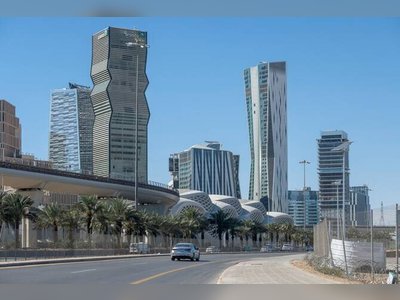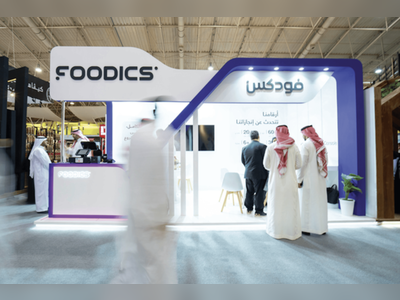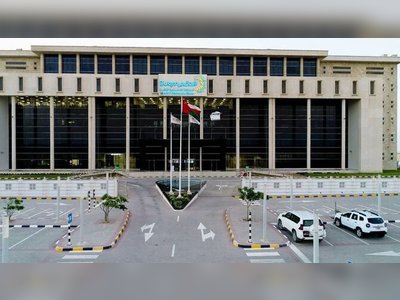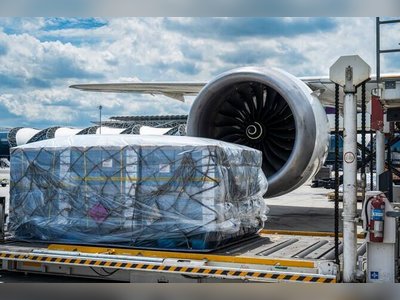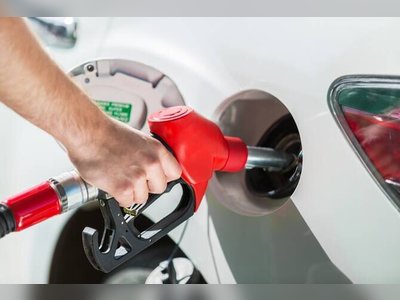
Saudi Aramco Adjusts August Propane, Butane Benchmarks Amid Global Market Shifts
State energy giant reduces prices in response to oversupply and changing demand patterns.
Riyadh-based Saudi Aramco has adjusted its official selling prices for liquefied petroleum gas (LPG) for August 2025.
The firm set the price of propane at $520 per tonne and butane at $490 per tonne, both down by $55 from July.
These reductions are reflective of the rising global LPG production levels, particularly from US and Middle Eastern producers, as well as persistently high inventories following a relatively mild 2024-25 winter season.
LPG is utilized widely for residential heating, cooking, transportation, and petrochemical feedstocks.
Aramco's pricing serves as a benchmark for LPG exports from the Gulf to Asia, which remains the world’s largest consuming region.
The recent decrease in prices can be attributed to various factors such as warmer weather that has weakened seasonal demand for heating fuels.
Additionally, global energy prices have been under pressure due to an oversupply of natural gas in the US, leading to a decline in LPG market values.
The US Henry Hub natural gas spot price fell to $3.07 per million British thermal units (mmBtu) in July 2025, putting further downward pressure on LPG markets.
This situation is compounded by structural shifts within the energy sector and geopolitical uncertainties that may disrupt trade flows and shipping routes.
Notably, China, a major consumer and importer of LPG, has experienced weaker demand in recent months due to its transition to summer.
The resulting decrease in both residential and industrial heating needs has been further exacerbated by increased inventory levels, logistical challenges like port congestion, and high storage costs.
In March 2025, China's domestic LPG prices dropped to $671 per tonne as a consequence of declining demand and enhanced regulatory scrutiny.
Additionally, the country’s ongoing shift towards renewable energy sources and tighter environmental controls have contributed to reduced usage in the petrochemical and manufacturing sectors.
These factors collectively indicate a broader market softening that has prompted Aramco's latest round of price adjustments.
The firm set the price of propane at $520 per tonne and butane at $490 per tonne, both down by $55 from July.
These reductions are reflective of the rising global LPG production levels, particularly from US and Middle Eastern producers, as well as persistently high inventories following a relatively mild 2024-25 winter season.
LPG is utilized widely for residential heating, cooking, transportation, and petrochemical feedstocks.
Aramco's pricing serves as a benchmark for LPG exports from the Gulf to Asia, which remains the world’s largest consuming region.
The recent decrease in prices can be attributed to various factors such as warmer weather that has weakened seasonal demand for heating fuels.
Additionally, global energy prices have been under pressure due to an oversupply of natural gas in the US, leading to a decline in LPG market values.
The US Henry Hub natural gas spot price fell to $3.07 per million British thermal units (mmBtu) in July 2025, putting further downward pressure on LPG markets.
This situation is compounded by structural shifts within the energy sector and geopolitical uncertainties that may disrupt trade flows and shipping routes.
Notably, China, a major consumer and importer of LPG, has experienced weaker demand in recent months due to its transition to summer.
The resulting decrease in both residential and industrial heating needs has been further exacerbated by increased inventory levels, logistical challenges like port congestion, and high storage costs.
In March 2025, China's domestic LPG prices dropped to $671 per tonne as a consequence of declining demand and enhanced regulatory scrutiny.
Additionally, the country’s ongoing shift towards renewable energy sources and tighter environmental controls have contributed to reduced usage in the petrochemical and manufacturing sectors.
These factors collectively indicate a broader market softening that has prompted Aramco's latest round of price adjustments.
